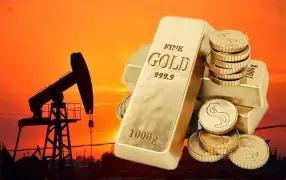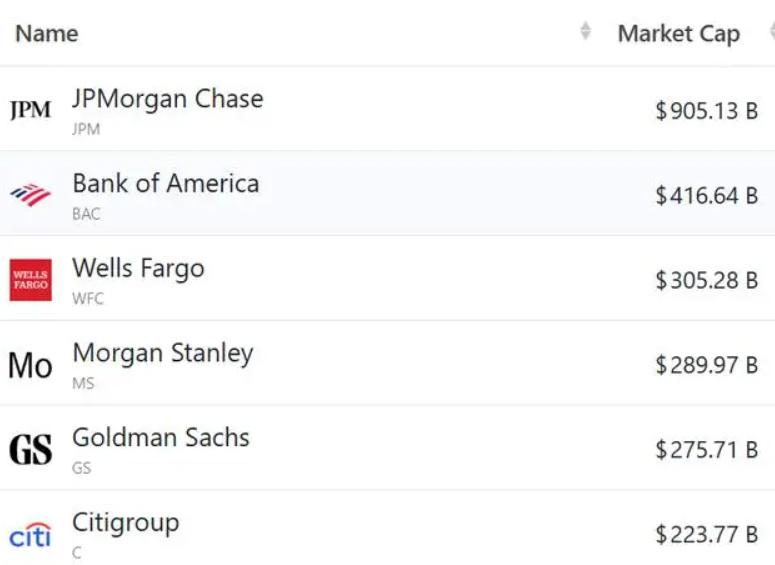
In the global market recently, international oil prices and gold prices have shown drastically different trends. In the early late October, international oil prices experienced violent fluctuations with a single-day surge of over 5%, and crude oil futures prices even exceeded $61.93 per barrel at one point. In contrast, gold, which had repeatedly hit record highs before, suffered a sharp correction. Spot gold plummeted from its all-time high of $4,381 to around $4,003, marking the largest single-day drop since August 2020. The divergent trends of these two traditional hard currencies reflect the profound changes in the global economic pattern.
In late October, the international crude oil market once again became a battlefield for geopolitical wrestling. On October 22, the U.S. Department of the Treasury announced sanctions against two major Russian oil giants—Rosneft and Lukoil. This decision immediately caused a stir in the crude oil market: WTI crude oil futures prices soared by 5.62% in a single day, and Brent crude oil futures also rose by 5.43%. The two sanctioned Russian oil companies exported an average of 2.2 million barrels of crude oil per day in the first half of the year, accounting for half of Russia’s total daily exports. The substantive impact of this sanction far exceeded previous ones, and market concerns about disrupted global energy supply escalated rapidly.
Geopolitical risks are not limited to U.S.-Russia relations. According to Guo Yanpeng, an analyst at Zhonghui Futures, "On October 22, news emerged that the U.S. might take military action against Venezuela," which directly stimulated a sharp rise in oil prices. Nearly 70% of Venezuela’s daily seaborne shipments of approximately 700,000 barrels are sent to China, so the potential impact of changes in the geopolitical situation on the Asia-Pacific supply structure cannot be ignored. The superposition of these geopolitical factors has added more uncertainties to the crude oil market beyond the fundamentals of supply and demand.
In stark contrast to the surge in oil prices, the gold market is experiencing a dramatic correction. Spot gold once hit a record high of $4,381 not long ago, with a cumulative increase of nearly 67% since the beginning of the year. However, market concerns about overvalued precious metals eventually triggered large-scale sell-offs. Multiple factors have converged behind this round of gold’s sharp decline. Li Huifen, Director of the Research Department at Huaying Oriental, pointed out that "Trump’s positive remarks on reaching a trade agreement with the President of China, the signing of the Israel-Palestine ceasefire agreement, the upcoming new round of Russia-Ukraine negotiations, and the White House’s statement that the government may resume operations this weekend" have collectively driven long positions in gold to take profits.
The end of Diwali in India, the world’s second-largest gold consumer, has led to a decrease in physical demand, which has also become another driver of the decline in gold prices. The potential risks of the "highly consensual long positions" in the gold market have finally been exposed, highlighting the fragility accumulated in the precious metals market after a continuous rise. This round of gold price correction not only reflects a shift in market sentiment but also reveals the limitations of gold as a safe-haven asset.
The divergent trends of gold and crude oil are not accidental but reflect fundamental changes in their pricing logics. Financial experts pointed out: "Crude oil prices are more reflective of changes in its commodity attributes, i.e., the supply and demand situation of the real economy; while gold prices are more indicative of the evolution of its financial attributes, including factors such as interest rate expectations, exchange rate fluctuations, risk aversion sentiment, and adjustments in asset allocation." This incisive analysis reveals the essential differences between the two bulk commodities.
Faced with the current market situation, analysts have shown obvious differences in their forecasts for the future trends of gold and crude oil. In the crude oil market, although geopolitical factors have driven short-term oil price increases, most analysts remain cautious about a sustained rebound.
From a historical perspective, the price relationship between gold and crude oil is undergoing a profound restructuring. Over the past few decades, gold and crude oil prices have shown a long-term positive correlation, but this historical pattern was completely broken in 2025. As of October, the annual increase in spot gold has reached 66%, while the price of U.S. crude oil futures has fallen by 19% compared with the same period last year. This historic divergence reveals a fundamental transformation in the pricing mechanism of bulk commodities.
In the past, the synchronized fluctuations of gold and crude oil stemmed from the linkage effect of inflation expectations and geopolitical conflicts. However, the global economic environment has undergone structural changes in 2025: central bank monetary policies have replaced war panic as the dominant factor affecting gold. In contrast, crude oil is more constrained by pressures such as overcapacity, the expansion of alternative energy sources, and slowing demand growth. This shift means that investors need to restructure their traditional cognitive framework for bulk commodities. The price fluctuation of a single commodity will depend more on its own supply and demand fundamentals, rather than the inherent correlation with other assets.
For investors, the structural divergence between gold and crude oil indicates a brand-new investment logic and challenges. From a long-term perspective, there is a possibility of further upward movement in the gold-oil ratio. As gold pricing focuses more on its financial attributes and the global economy lacks a strong new growth driver, although crude oil’s status as the "mother of bulk commodities" remains unchanged, the upward speed of its price center may be slower than that of gold in the coming period.
Gao Jian, an energy and chemical analyst at Qisheng Futures, reminded that the trading logic of the crude oil market has switched again, shifting from macro sentiment to geopolitical situation. Compared with July-September, the supporting role of geopolitical factors has weakened to some extent, while the pressure from fundamentals has further increased. Even if oil prices enter a new round of volatile range, the center of gravity will shift significantly downward. In the gold market, although it faces adjustment pressure in the short term, many major banks still maintain their forecast that gold will resume its upward momentum next year. From a trading perspective, this correction has directly ended the rapid upward cycle that started in mid-August.
Data shows that in 2022, only 15 barrels of oil were needed to be exchanged for 1 ounce of gold, but now more than 70 barrels are required. This numerical gap not only highlights the profound fragmentation of the pricing logic of bulk commodities but also reflects the far-reaching changes in the world economic pattern. Their divergent trends not only reflect the structural transformation of the global economy from the real sector to the financial sector but also herald a reshuffle of the future investment pattern. In this era full of uncertainties, understanding the driving factors behind these two hard currencies is more important than ever before.

Driven by the Trump administration's push to relax financial regulations and the recovery of investment banking business, the market value of the six major banks in the United States has cumulatively increased by approximately 600 billion US dollars by 2025.
Driven by the Trump administration's push to relax financia…
On Christmas evening, U.S. President Trump posted on social…
According to multiple foreign media reports, the recent fin…
The middle class, once regarded as the cornerstone of Ameri…
On December 19th local time, the US military launched a lar…
The Boxing Day sunshine should have cast a false glow of pr…